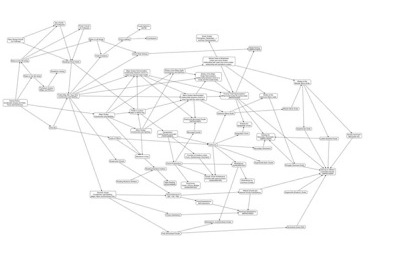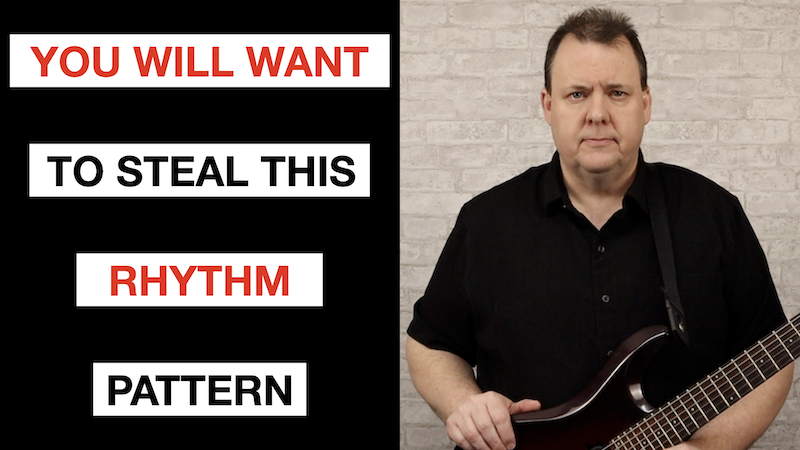You Will Want To Steal This Rhythm Pattern


Hello, fellow guitar enthusiasts!
Let’s grab our guitars today because we're about to have a blast with rhythm.
In this video/article, I'll show you how to combine a simple rhythm pattern with a set of notes to create an awesome sound.
This technique will be a breeze to add to your skills toolbox!
Incorporating this rhythmic framework into your playing will allow you to fool your audience into feeling that what you're doing is much more impressive and intricate than it actually is.
The two elements you need for this cool rhythmic exercise might seem simple on their own, and that’s perfectly fine! The magic happens when we put them together—they create such a cool sound! Just a heads up, when you try to play it, you might find it to be a tad more intricate than it initially appears. But that’s all part of the fun!
The first element is this rhythm.

The next element is a short melody made up of 3 to 6 notes. Any number above two, except for seven, will work, but starting with a shorter melody is easier! For our first few examples, we’ll stick with four-note melodies. Here are the notes for the first example.

These notes come from the A minor pentatonic scale.
Example 1
Let’s start mixing our notes with the rhythm! You’ll love what happens next—it’s pretty exciting. We’ll find a different note on the quarter note at the beginning of each measure. Even though we’re only playing four notes, it feels fresh and different in every measure.

Let's go ahead and play this one together, so you can hear how it sounds.
Example 2
We will stick with a four-note melody for this example. This time, we will use four notes from the E major scale. Here are the notes.

Here's what these notes look like plugged into the rhythm.

Let's play this example.
Example 3
This piece is going to be another four note melody that’s built around an Am7 arpeggio. I wanted to share how this concept can inspire you, no matter which elements you enjoy incorporating into your melodies or solos. Let’s take a look at the four notes and rhythm combined.

Let's go ahead and play this together.
Example 4
Let’s use three note melody for this example using a three-note melody! With just three notes, you'll find that it takes three measures for the first note to reappear on the downbeat. Here is what this shorter phase looks like.

Example 5
In this section, we're going to create a five-note melody that will repeat every five measures.

In the other example, the notes appeared in order at the beginning of each measure. In a group of five, they skip and appear every other note, making it even less obvious that the same notes are being repeated. Each note still gets to start a measure before the pattern starts all over again. Let’s play this example.
Rhythm is an incredible tool that can truly ignite your creativity! It’s something every guitar player should take the time to master. Today’s example is just one of the many ways you can use rhythm to enhance your creativity and make your guitar playing stand out. If you're looking for some more fun and creative ways to use rhythm, I highly recommend getting “The Ultimate Guide to Making Any Rhythm You Know Sound Even Better.” It’s a fantastic resource. This straightforward guide allows you to fully harness any rhythm's potential while unlocking your own creativity. Click the link below this video to obtain your copy now.
The Ultimate Guide to Making Any Rhythm You Know Sound Even Better